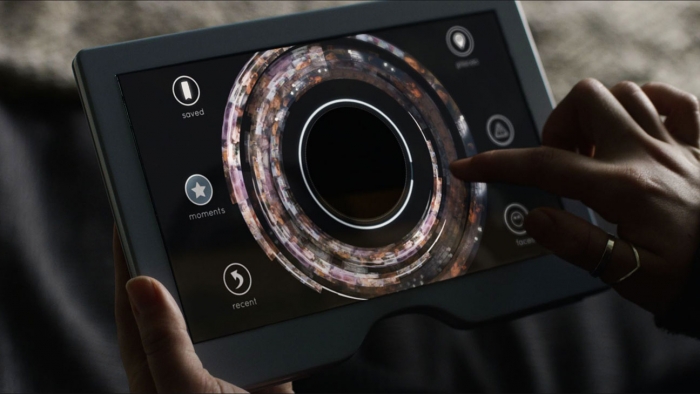Charlie Brooker’s harrowing British sci-fi series Black Mirror returned to Netflix with six new episodes exploring multiple technologies of questionable ethics. From the digital uploading of human minds to predictive neuroscience technology, the show’s fourth season illuminated some frightening, futuristic concepts. But with real-life advancements in brain imaging, artificial intelligence, and computer processing, this future may not be all that far away. The McGill Tribune digs deep to decipher the science behind Black Mirror. Consider yourself warned: Minor season spoilers will follow.
VISUAL RECONSTRUCTION
Visual reconstruction, or the ability to reconstruct perceived images, was used by the mother in “Arkangel” to monitor her child and the officials in “Crocodile” to gather short clips of memory for investigations. Being able to “see” what another person sees with brain recordings is a relatively new, but rapidly-expanding, field of study for scientists in neuroimaging.
Most studies in image reconstruction so far have used functional magnetic resonance imaging, or fMRI, to read brain activity. FMRI relies on magnetic fields to detect changes in the blood flow within the brain. Increased blood flow to a certain region indicates that the region is more active.
With these fMRI readings, scientists use computer software to convert brain activity into reconstructed images. Using neural networks, these created images vary from person to person, and theoretically could be used to reconstruct memories and mental images.
In terms of its applicability, this method of scanning and processing has already been proven to work for simple letters, short video clips, and, yes, even human faces. While the results are impressive, they are miles behind the crisp, detailed reconstructions of the characters in Black Mirror. In these studies, unfortunately, the resolution of recreated images have all been low-quality.
Most of the aforementioned studies have focused on the early visual cortex, the first region of the brain to receive visual information from the eyes. Recently, scientists have started using higher-level areas of the brain in fMRI scans. These areas are the latter parts of the visual pathway, and are related to more subjective experiences like memory, imagination, dreams, and face recognition.
MIND UPLOADING
Episodes like “USS Callister,” “Hang the DJ,” and “Black Museum” used technology to digitally upload human minds to computers. In “Black Museum,” for example, a museum owner reveals that the main attraction of his business is the hologram of a convicted criminal. His body, his mind, and his ability to feel pain remain digitally intact. Could such a thing as an uploadable human mind exist in the real world?
Accelerating advances in both brain imaging and computer simulations have led computer scientists and entrepreneurs like Ray Kurzweil to believe that the ability to live permanently in a simulation could become commonplace as soon as the year 2045. Others are skeptical.
Groups like the Allen Brain Atlas and The Blue Brain Project have studied and attempted to replicate the entire connectivity of rodent brains. Aptly called connectomes, these maps represent the specific way in which different brain regions are linked and how they interact with one another. However, even the brains of mice have proven difficult to recreate on the microscopic, cellular level, where many higher-level functions like cognition, consciousness, and behaviour are thought to emerge. A biologically-realistic recreation of the human brain won’t happen any time soon.
This hasn’t stopped scientists from using this brain imaging to run experiments on digital brains, albeit for less insidious purposes than in Black Mirror. Because the whole brain, with its 86 billion neurons, remains too complicated to replicate, neuroscientists are using computers to build simplified versions of the human brain with lower resolutions. They can then use these digital brains to study changes in cases of epilepsy or Alzheimer’s.
Despite being far-fetched at times, Black Mirror provides its viewers with cautionary tales of what could happen if the designers of a new technology were to completely disregard their ethical obligations. As technology advances in complexity and control, so must our self-awareness, and so must our humanity.








